Garnet: The Captivating Gemstone of Passion
Garnet, with its deep and mesmerizing hues, is a semiprecious gemstone that has long been cherished for its intense beauty and symbolism.

Known for its rich colors and remarkable durability, this gemstone carries a fascinating history and continues to captivate the hearts of gem enthusiasts today. Let us explore the scientific specifications, origins, mining practices, and historical significance of garnet.
Scientific Specifications and Origin
Garnet is a group of minerals with similar crystal structures but varying chemical compositions. The most common and well-known variety is the pyrope-almandine garnet, which exhibits deep red to purplish-red tones. However, garnet can also be found in a range of colors, including green, orange, yellow, and even black.
The formation of garnet is closely linked to metamorphic processes that occur within the Earth's crust. It commonly occurs in metamorphic rocks, such as schist and gneiss, as well as in some igneous rocks. Garnet forms when minerals rich in aluminum and silica undergo intense heat and pressure, resulting in the growth of stunning crystal formations.
Main Sources and Modern Mining
Garnet is found in numerous locations around the world, with significant sources including India, Brazil, Sri Lanka, Madagascar, and the United States. Different varieties of garnet are associated with specific regions. For instance, the famous rhodolite garnet is found in North Carolina, while tsavorite garnet is sourced from East Africa.
Modern mining techniques involve extracting garnet through both open-pit and underground mining methods. Deposits are identified through geological surveys and exploration, and once viable sources are discovered, mining operations commence. Garnet-bearing rocks are extracted and processed to separate the gemstone from the surrounding material.
After extraction, garnet undergoes cutting, shaping, and polishing to reveal its mesmerizing beauty. Skilled lapidaries transform rough garnet crystals into faceted gemstones, cabochons, and beads, allowing the gem's natural color and sparkle to shine through.
Historical Significance
Garnet holds a significant place in history and mythology. The gemstone has long been associated with passion, strength, and protection. Ancient civilizations believed that wearing garnet could enhance vitality, ward off evil, and provide courage in times of adversity.
Throughout history, garnet has been prized as a symbol of love and commitment. It has been a favored gemstone for jewelry, particularly during the Victorian era. Garnet jewelry was exchanged as tokens of affection and used as birthstone jewelry for those born in January.
In conclusion, garnet's scientific specifications, origins, mining practices, and historical significance contribute to its allure as a semiprecious gemstone. Its deep, captivating colors and enduring symbolism make garnet a beloved gemstone for both its aesthetic appeal and its representation of passion and strength.
More about gemstones
Newest Shenanigans
 | The Enchanting Ways of Austria Austria boasts a breathtaking tapestry of landscapes, from the soaring peaks of the Alps to the rolling hills of the wine regions. |
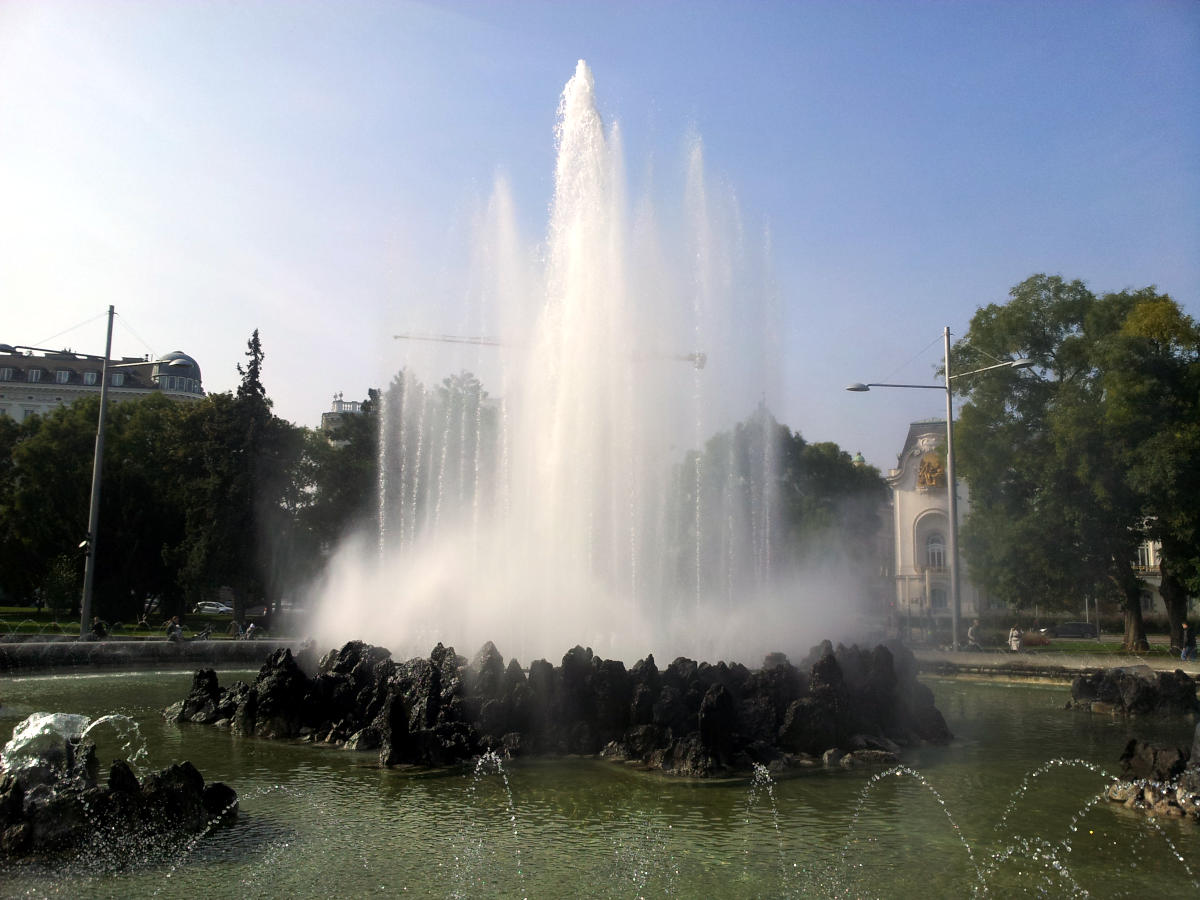 | 12 must-see attractions in Vienna, Austria There is never enough time to fully discover and appreciate a historic capital like Vienna, but we can try. So here is a list of 12 must-see attractions in Vienna. |
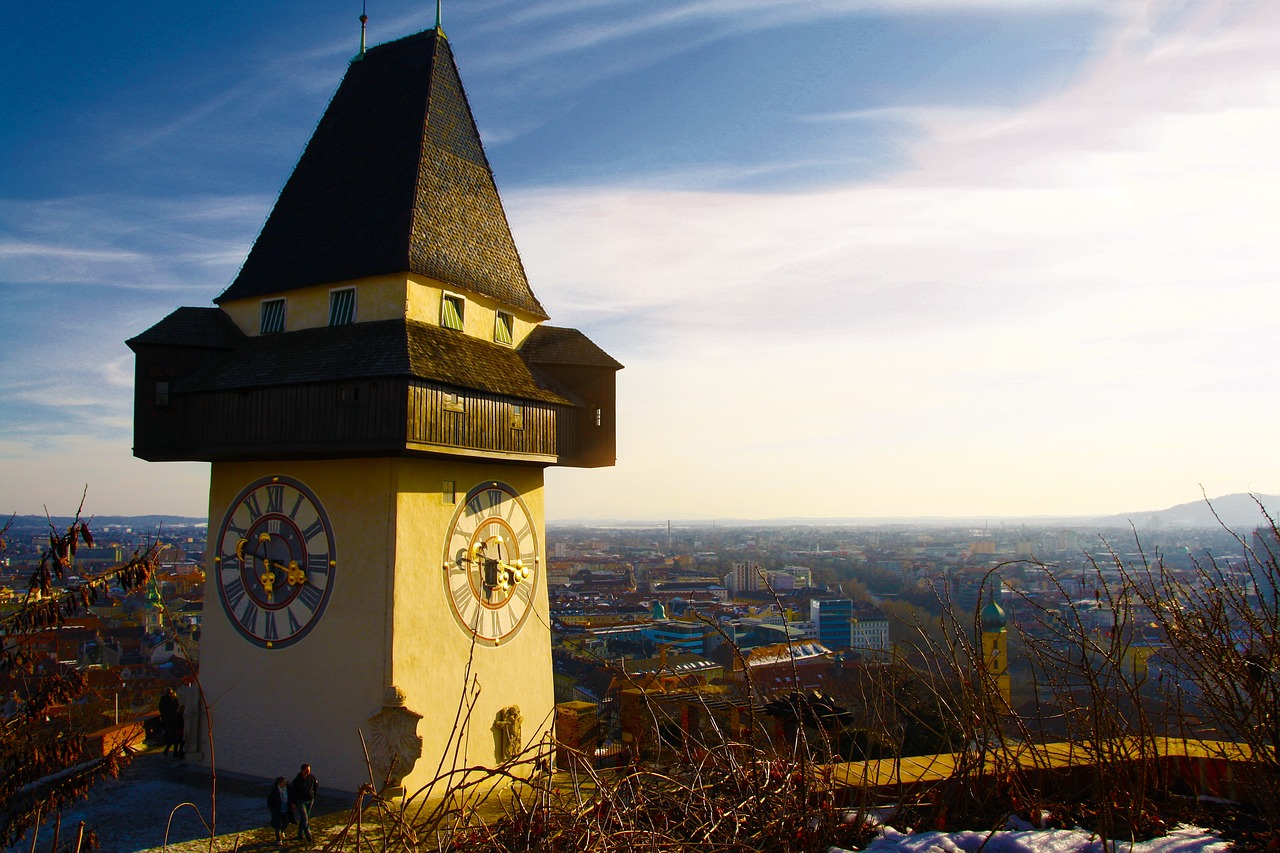 | 12 must-see attractions in Graz, Austria If you have time on your hand, I recommend to discover Graz by yourself. But time is tricky to come by these days, so here is a list of 12 must-see attractions in Graz, Austria. |
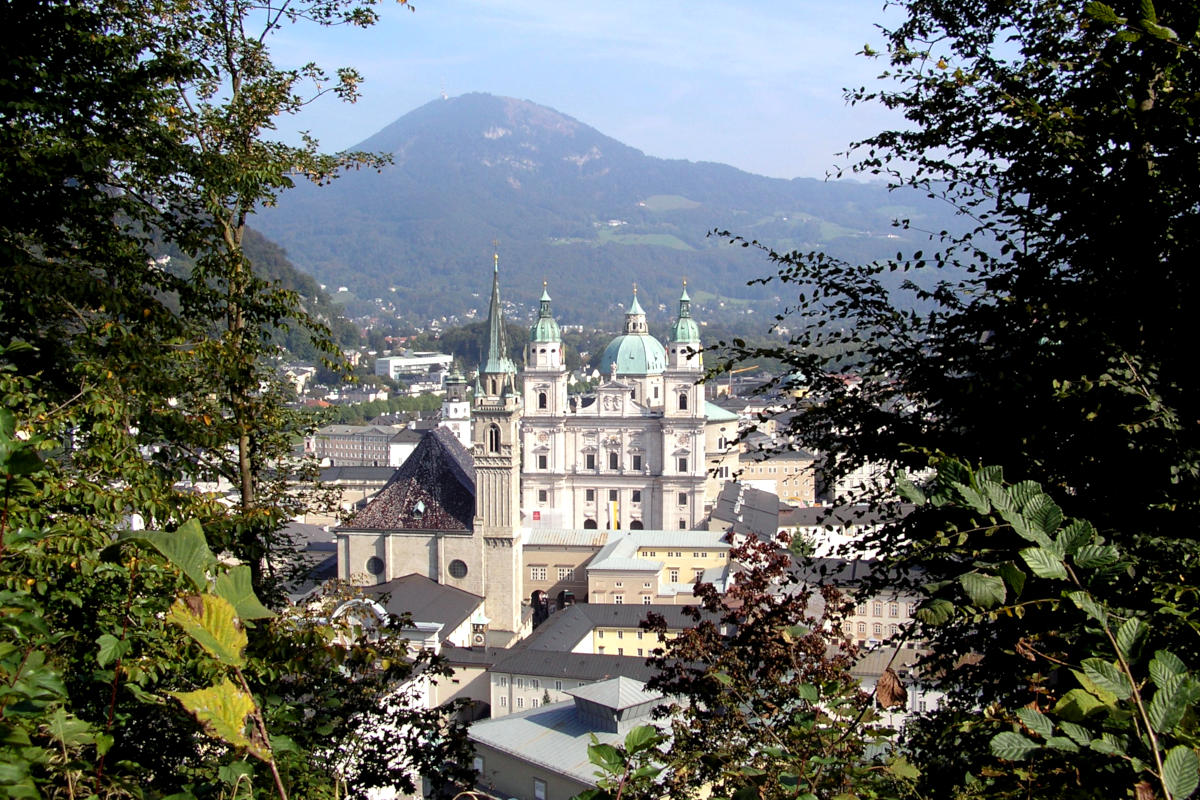 | 12 must-see attractions in Salzburg, Austria Like most places on our planet, Salzburg is a city you need time to fully discover and appreciate. However, time is always hard to come by these days. So here is a list of 12 must-see attractions in Salzburg. |
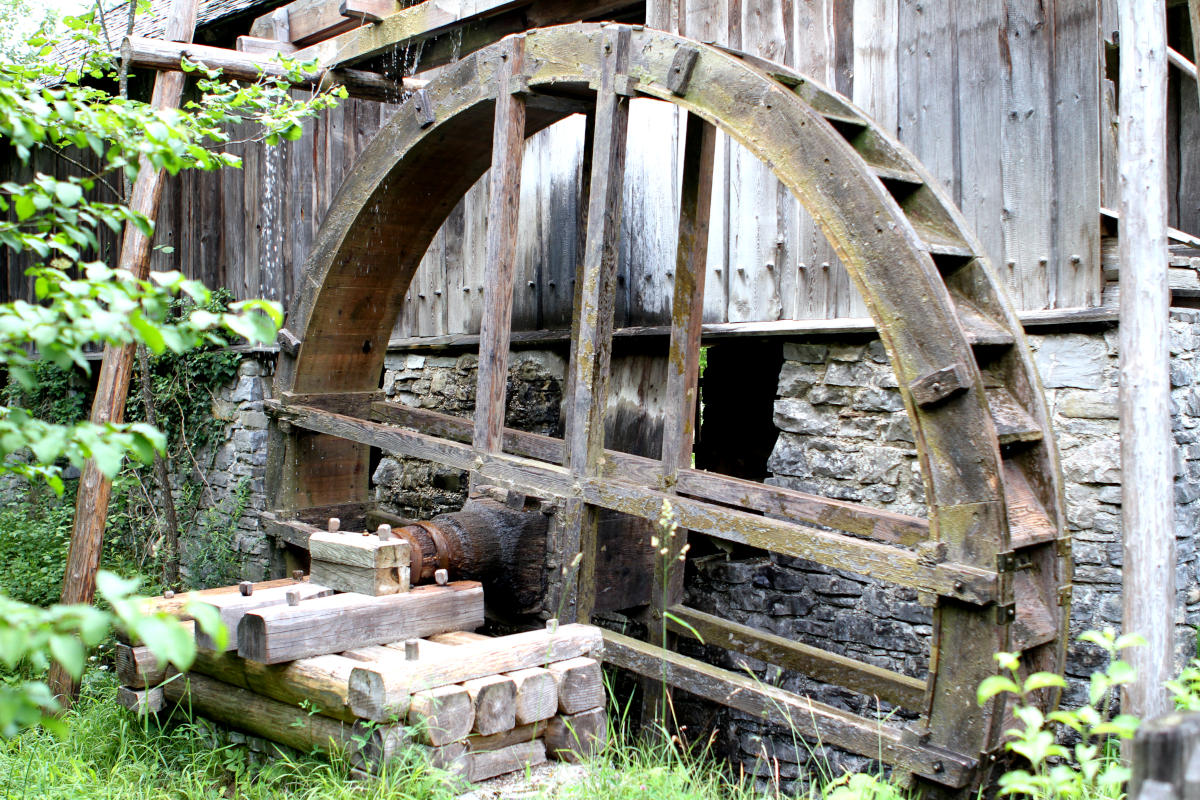 | Some museums to visit in Salzburg Salzburg is a city rich in culture and history, so naturally it features many interesting museums. By all means, the list is not complete, but I try to add the small museums too. |
 | 12 must-see attractions in Innsbruck, Austria Of course the best way to discover a city rich in culture and history like Innsbruck would be to spend a lot of time there. But since time is often an issue, here are 12 must-see attractions in Innsbruck, Austria. |
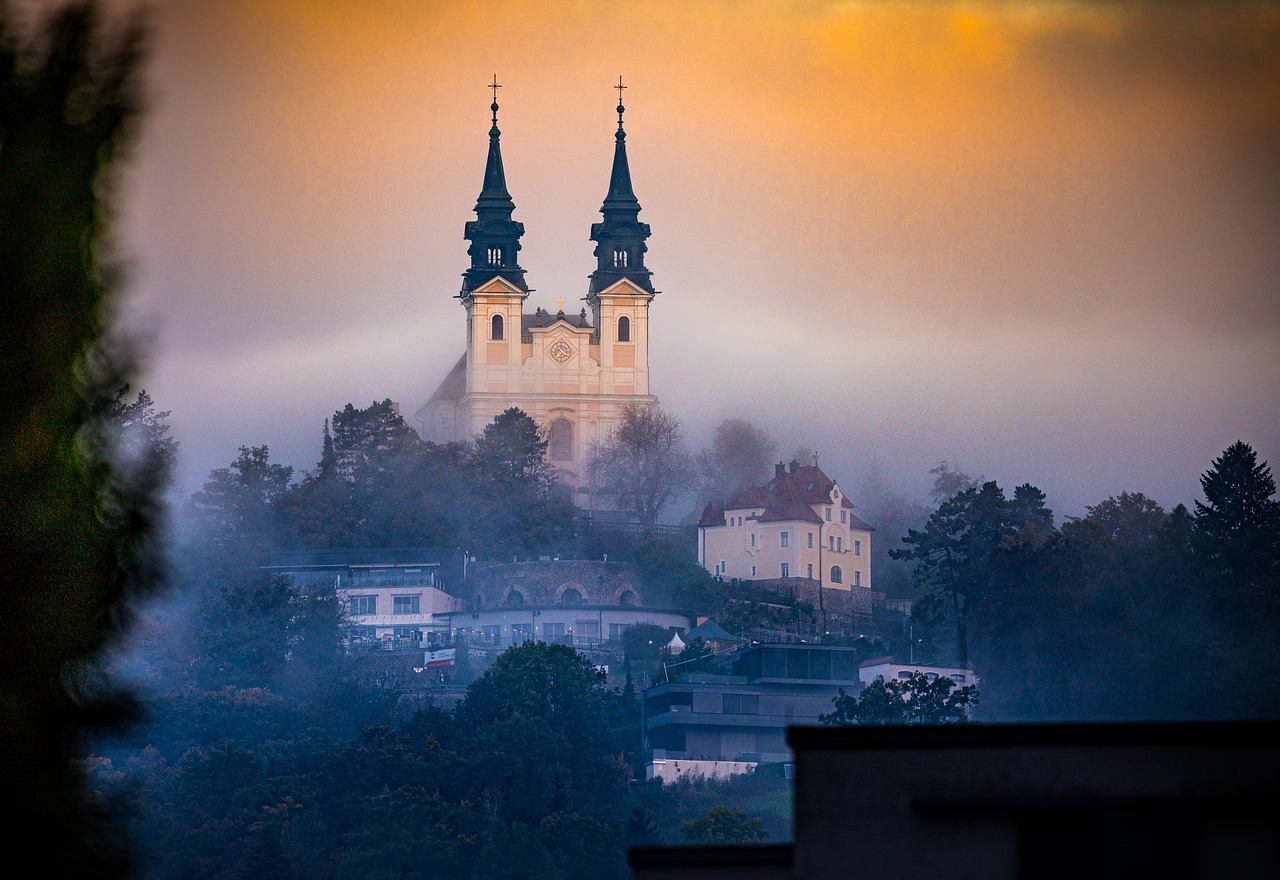 | 12 must-see attractions in Linz, Austria For us people of Salzburg, Linz is just a short hop away by train - so we can visit often. If you are short on time however, here are 12 must-see attractions in Linz, Austria. |
